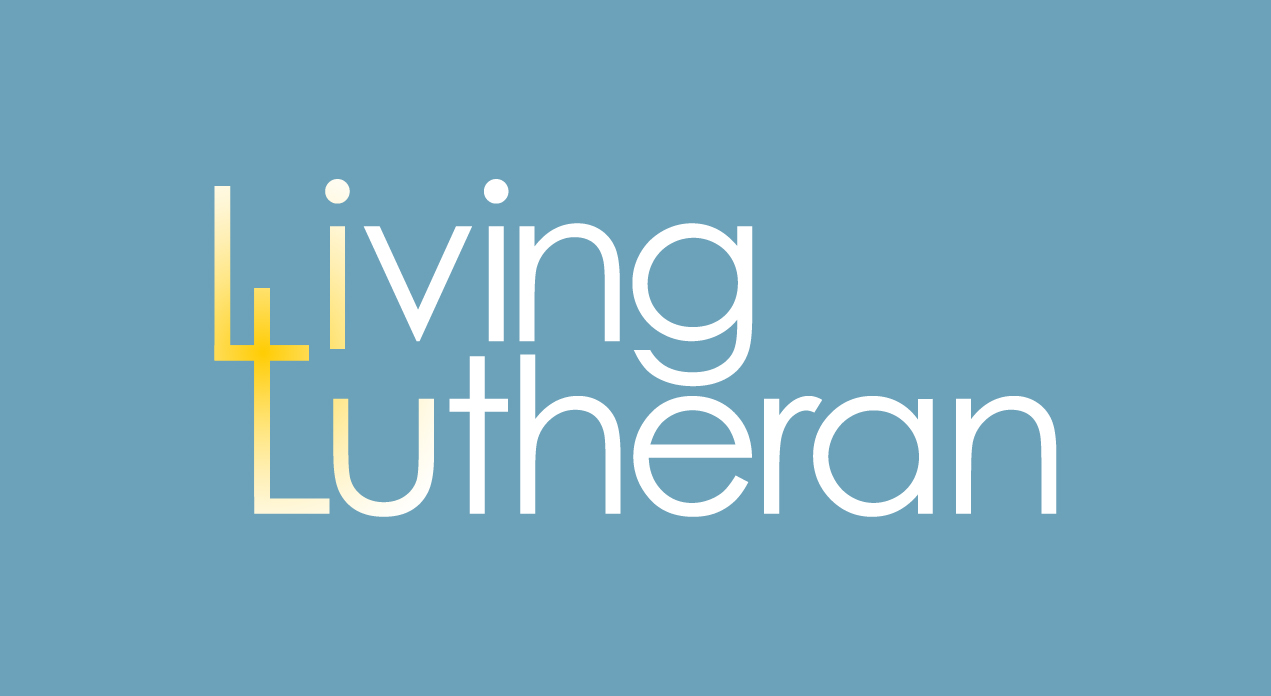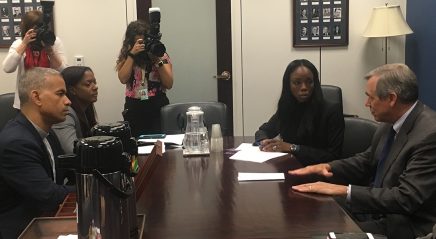Not long ago, I had an unsettling experience seeing photographs of sculptures by French artist Bruno Catalano. The sculpted images of the hollowed-out bodies of refugees fleeing their homes, identities and cultures are seared into my psyche. Catalano’s life-size sculptures are gouged-out semblances of bodies, hauntingly empty spaces where organs and muscle and flesh once were, heads intact as they stride away from wherever and whatever “home” might have been. My visceral reaction to the powerful sense of loss conveyed in Catalano’s work still takes my breath away.
Nearly 40 years ago, my family helped resettle Uoc and Bay, a couple in their early 20s who arrived in the United States shell-shocked by their tortuous journey from Vietnam. They had left their small village where news of the world, let alone the United States, was practically nonexistent. The couple came with two small children and with Bay’s younger sister and her husband. None of them spoke any English. None of them were literate in their own language. They were simply, and not so simply, trying to survive. Through all the losses and chaos, their painful search was for safety, security, home. Today, I still feel their longing.
The idea of home for bereaved Palestinians and Israelis weary of living in a fortress—rather than a home—is another complicated story of loss. In the West Bank, Lebanon and Jordan, where despair and anger boil over in desolate refugee camps, hatred for Israelis grows exponentially. Bitter stories about the systematic oppression and destruction of the Palestinian homeland and culture are rampant. Israelis, desperate for a home of their own, fight for control, fueling endless hostility and hatred. And if Palestinians can’t have a home, the Israelis won’t have a home. Conversely, if Israel won’t be a home, neither will Palestine. Israel has become a fortress, and home for Palestinians exists only under the aegis of Israeli power. They are, all of them, refugees looking for home.
What, exactly, is home?
On U.S. borders, immigrants arrive every day seeking safety, asylum, a new beginning. I wonder what it’s like to be a refugee fleeing unimaginable suffering and loss of identity. I wonder how much desperation, how much fear, it takes to leave the only home you know—a home you likely will never see again. When innocent children are taken from grieving parents, our horror is heard around the world—we know the faces and the anguish all too painfully. When every door has closed, when daily life is unbearable, when one’s very identity is shattered, what is home like? What, exactly, is home?
I visited Ellis Island a few months ago. Walking into the great hall where refugees from every corner of the world once huddled together, I found the names of my ancestors. They came through those same doors hoping to find home in America, looking for religious freedom, seeking a new future, longing for security and independence.
Home is a generous place where walls—or borders—ought to be accepted signs of belonging and protection. Home is where life is expanded, enriched, shared. Home is always characterized by joy and sorrow, grief and gladness—complex combinations of the realities of complex and complicated lives. It’s where we come from and it shapes where we are going. Home is where God dwells, where there is hope, where all embrace one another in love and mutuality, with compassion and respect. We are God’s dwelling place. We are God’s home. How desperately we all need home.
Read part one in this series.





